Monarch Alfonso XIII of Spain | Name Marcelo Palmero | |
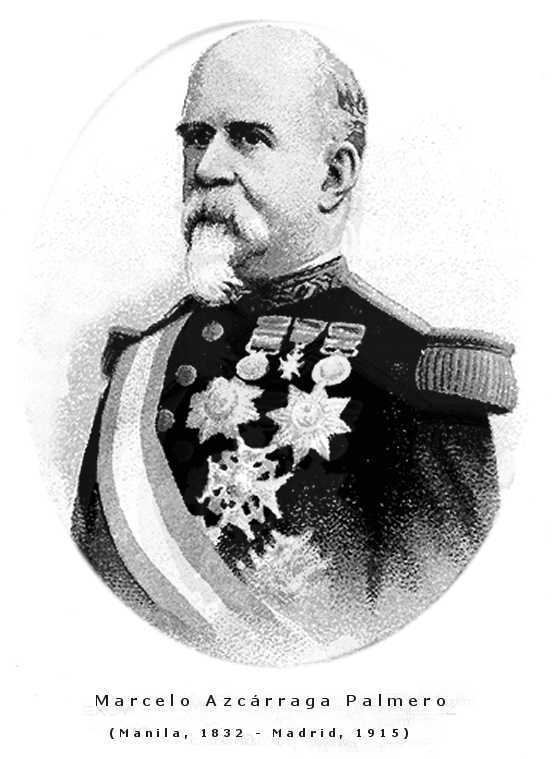 | ||
Preceded by Antonio Canovas del Castillo Preceded by Francisco Silvela y de le Vielleuze Preceded by Florencio Montojo Trillo | ||
Succeeded by Praxedes Mateo Sagasta Succeeded by Praxedes Mateo Sagasta | ||
Marcelo de Azcárraga Ugarte y Palmero-Versosa de Lizárraga, hidalgo del condado de Lizárraga (1832–1915) was the thirteenth Prime Minister of Spain following the restoration of the Spanish monarchy. Azcárraga was also the only Spanish Prime Minister of Filipino descent.
Contents
Early life
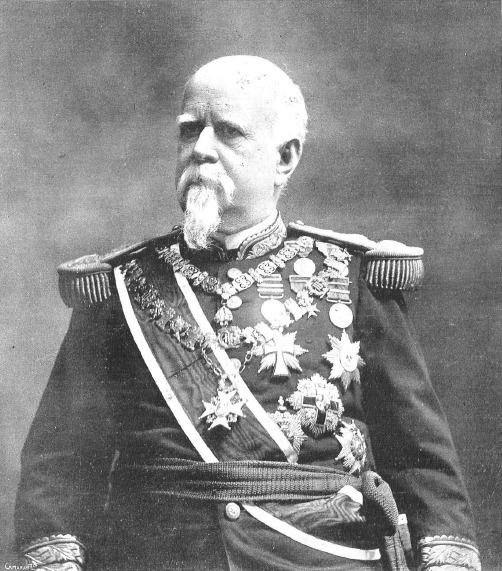
Azcárraga was born in 1832, in Manila in the Spanish East Indies, to General José de Azcárraga y Ugarte, a native of Vizcaya, Spain, a bookshop owner in Escolta, Manila, and to María Palmero Versosa, a Mestiza from Albay.
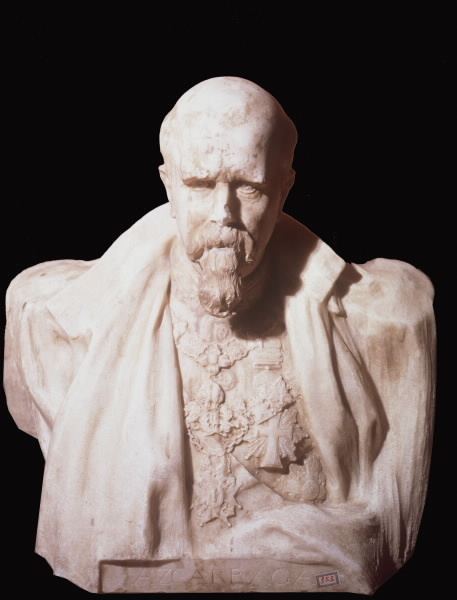
General José Azcárraga had many sons and daughters. Azcárraga was the second of the family's children. He studied law in the Royal University of Santo Tomas in Manila then entered the Nautical School or Escuela Nautica De Manila/Presently Philippine Merchant Marine Academy), where he was awarded the first prize in Mathematics. He was sent to Spain by his father to enter the military academy and soon earned the rank of Captain in three years. Due to his services against the O'Donnell revolution in Spain, he was promoted to Major.
Marriage
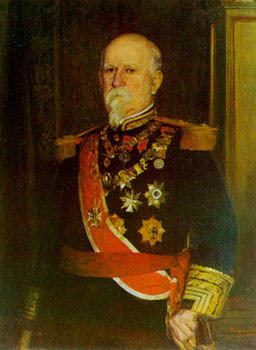
At the age of 23, he was awarded the Cross of San Fernando, which is a pension grant. He was sent to various colonies of Spain, including Mexico, Cuba, and Santo Domingo. Afterwards, he returned to Cuba and married one of the daughters of the wealthy Fesser family, owner and founder of Banco y Casa de Seguros Fesser, one of the biggest banks of Cuba, who allegedly gave him £20,000 on the day of his marriage.. He is the husband of Margarita Fesser y Diago, a daughter of Edward also known as Don Eduardo Fesser y Kirchnair of the United States and Micaela Diago y Tato of Havana. They owned the Almacenes de Regla (Regla Warehouse) and Banco de Comercio and all the rail lines between Regla, Cuba and Matanzas, Cuba, then known as the Ferrocaril de la Bahia de la Habana. Almacenes de Regla, founded in 1843 with initial capital of 150,000 Cuban pesos, was so large that it stored half of all of Cuba's sugar production, and by 1853, had ten times up its original capital.
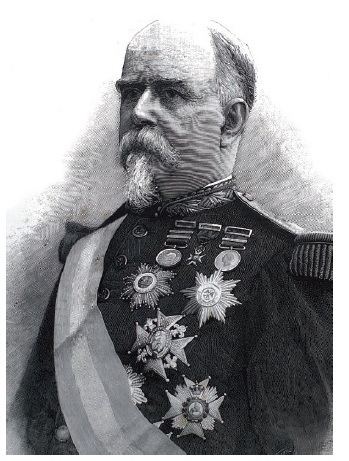
His children are Carlos Azcarraga y Fesser; Margarita de Azcárraga y Fesser de Trenor Palavicino, the first Marquise of Turia; María Azcárraga y Fesser; José María Azcarraga y Fesser and Carmen Azcarraga y Fesser. His direct descendant includes Don Tomas Trenor Puig of Valencia and Madrid, the fourth Marquis of Turia.
Years as Prime Minister
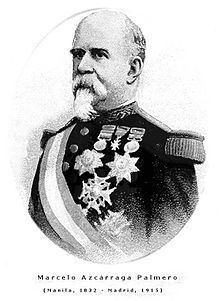
In 1868, on the deposal of Isabella II as queen of Spain, he returned to Spain, hastened the restoration of the Bourbons, and became Lieutenant-General on the coronation of Alfonso XII as king. He was then elected to the Senate of Spain as a senator for life. He was the Minister of War under Antonio Cánovas del Castillo, whose assassination on August 8, 1897 effectively made him the interim Prime Minister of Spain until October 4 of that same year.
He went on to become Prime Minister of Spain twice again in two more separate incidents.
Retirement
On his retirement at the age of 72, he was given the Toison de Oro, or Order of the Golden Fleece, the highest possible distinction given to a person in Spain, for his tirelessly defending the Spanish Monarchy and for keeping Spain in relative peace. Earlier, he received the Cross of San Fernando which already entitled him to a pension. Don Marcelo Azcárraga died in Madrid, Spain.
Ancestry
On his mother's side, Azcárraga descends from the Filipino mestizo Lizarraga family, heirs of the fallen Conde de Lizarraga. His maternal uncles' families, collectively known as the "Palmero brothers" or "Hermanos Palmero" were active in Philippine politics before World War II. He was also an uncle to the self-styled Conde de Albay, also known as Señor Pedro Govantes.
Tribute
The major road stretching from the districts of Tondo to San Miguel, both in the city of Manila was named after Azcárraga. However, it was changed after Filipino independence in 1945 to Claro M. Recto Avenue. Nonetheless, many of Manila's residents still call this road "Calle Azcárraga" or more preferably as "Paseo de Azcárraga"
